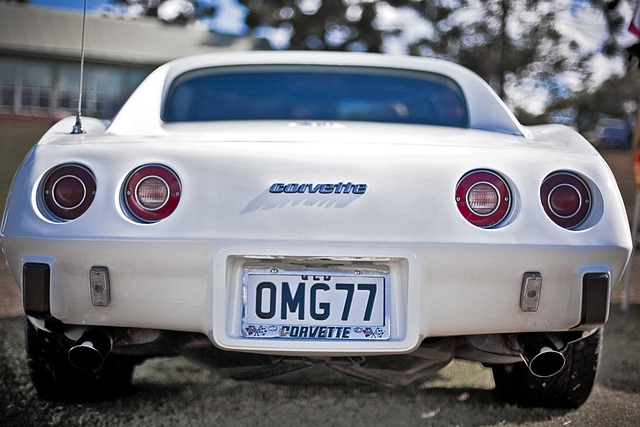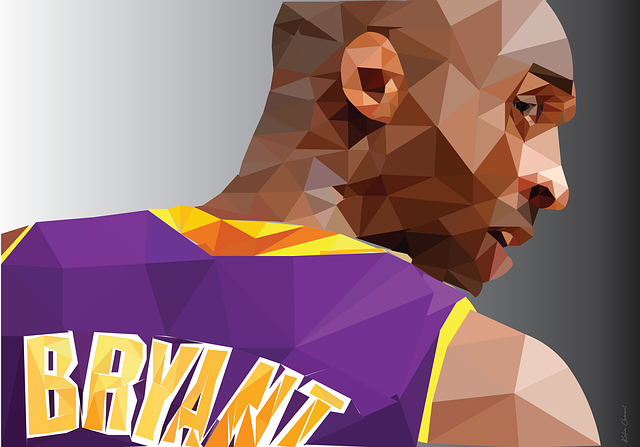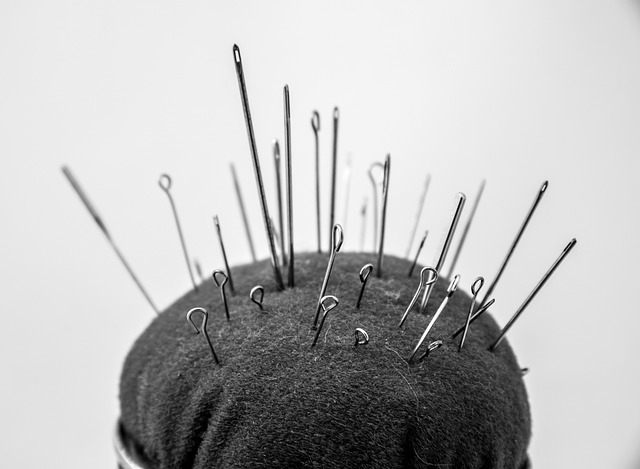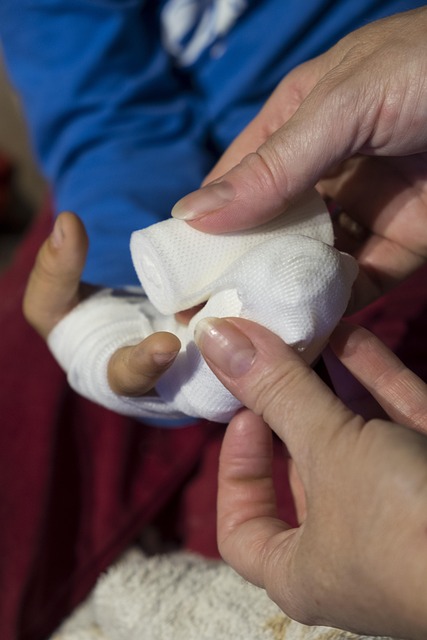Auto accident chiropractic treatment for sciatica offers a non-surgical, conservative approach using adjustments to correct spine misalignments, alleviating pressure on the sciatic nerve. Combined with physical therapy, massage, acupuncture, and anti-inflammatory meds, this personalized care effectively treats sciatica caused by auto accidents without invasive procedures.
After an auto accident, sciatic nerve compression can cause debilitating pain. Understanding the root cause of this common injury is key to effective treatment. This article explores sciatic nerve compression and auto accidents, delving into how chiropractic adjustments offer a non-surgical solution for relief. We also discuss complementary treatments to enhance chiropractic care post-crash, providing a comprehensive guide to managing sciatica following an automotive incident.
- Understanding Sciatic Nerve Compression and Auto Accidents
- Chiropractic Adjustments: A Non-Surgical Approach for Relief
- Additional Treatments to Complement Chiropractic Care After a Car Crash
Understanding Sciatic Nerve Compression and Auto Accidents

Sciatic nerve compression, often resulting from conditions like herniated discs or spinal stenosis, can cause intense pain that radiates along the path of the sciatic nerve—from the lower back down to the leg and foot. Auto accidents are a common cause of such compression, leading to what’s known as sciatica. This condition can significantly impact an individual’s mobility and daily activities.
When a car accident occurs, the sudden jolt and force can lead to spinal injuries, including pressure on the sciatic nerve. Seeking specialized care, such as auto accident chiropractic treatment for sciatica, is often recommended. Chiropractors are trained to diagnose and address these types of injuries without invasive procedures, providing non-surgical solutions that promote healing and alleviate pain associated with sciatic nerve compression post-auto accidents.
Chiropractic Adjustments: A Non-Surgical Approach for Relief

Chiropractic adjustments are a non-surgical approach that has gained popularity as an effective method to alleviate pinched sciatic nerve symptoms stemming from auto accidents. Chiropractors use their expertise in spinal manipulation and adjustment techniques to correct any misalignments or restrictions in the spine, which can put pressure on the sciatic nerve. This gentle yet powerful technique aims to restore proper nervous system function, reducing pain and inflammation associated with sciatica.
This treatment option is particularly appealing for individuals seeking a conservative and safe alternative to surgery. Auto accident chiropractic care focuses on addressing the underlying causes of sciatica, offering long-term relief rather than just temporary fixes. Many patients report significant improvements in their symptoms after consistent adjustments, enabling them to regain mobility and live pain-free lives without the need for invasive procedures.
Additional Treatments to Complement Chiropractic Care After a Car Crash
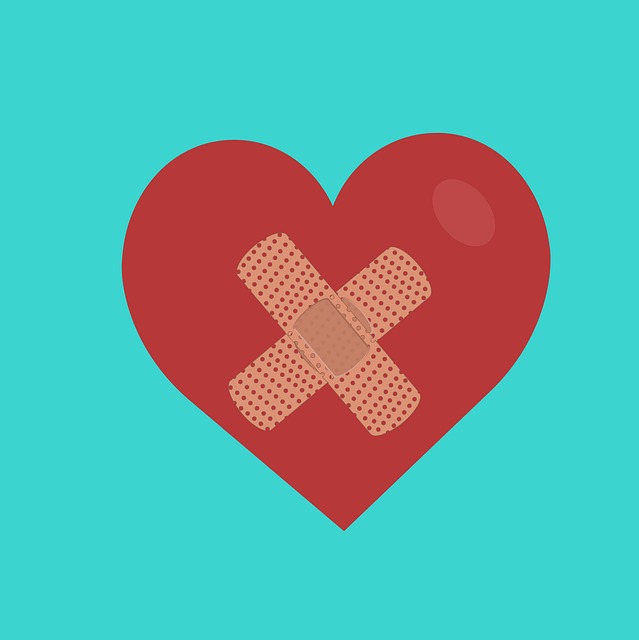
After a car crash, besides chiropractic care, several additional treatments can complement recovery and alleviate sciatic nerve pain. Physical therapy is a common recommendation, focusing on exercises to improve flexibility, strength, and posture, all of which support the spine and reduce pressure on the sciatic nerve. Additionally, targeted massage therapy can help relax muscles and relieve tension around the affected area, providing further relief from sciatica symptoms.
Other options include acupuncture, which involves inserting thin needles into specific points to stimulate the nervous system and promote natural healing, as well as anti-inflammatory medications to reduce swelling and pain. In some cases, patients might require surgery if conservative treatments fail, but it’s important to explore all other avenues first. Auto accident chiropractic treatment for sciatica often involves a combination of these methods tailored to each patient’s unique needs.
After an auto accident, experiencing sciatica can significantly impact your quality of life. However, there are effective treatment options available, with chiropractic adjustments often forming a central part of relief strategies. This non-surgical approach has shown promising results in managing sciatic nerve compression. Complementary treatments, such as physical therapy and targeted exercises, further enhance the benefits of chiropractic care. By combining these methods, individuals can find lasting relief and improve their overall well-being following an accident.

